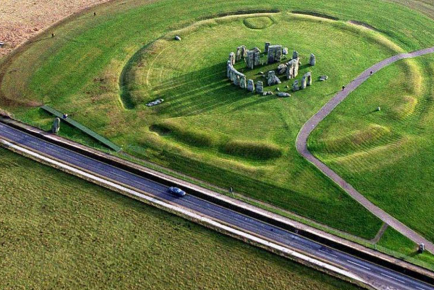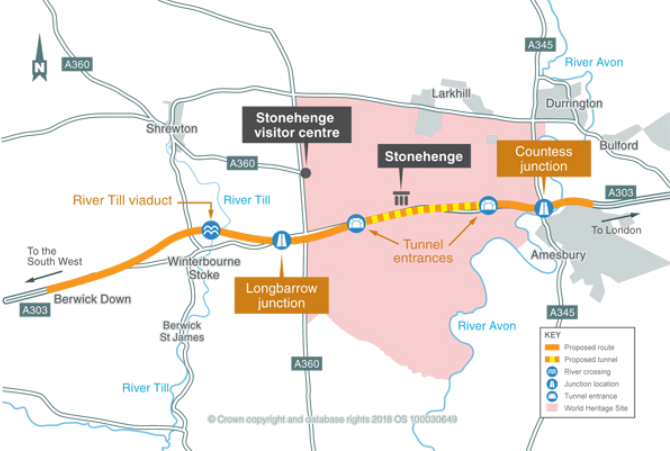关键词 > BPLN0025
BPLN0025: Business Cases for Infrastructure 2023
发布时间:2024-05-18
Hello, dear friend, you can consult us at any time if you have any questions, add WeChat: daixieit
BPLN0025: Business Cases for Infrastructure
MSc Infrastructure Planning, Appraisal and Development (IPAD)
Programme Examinations – May 2023
Time allowed/suggested time allowance: 2.0 hours
Wordcount: 2500 words
. Answer THREE questions from PART A and ALL of PART B.
. Part A attracts 60% of the overall marks, while Part B attracts 40% of the overall mark.
. Use illustrations and include diagrams in your answers where they assist in providing explanation.
PART A: (60% of marks)
Answer THREE questions ONLY from Part A
Question 1
Discuss the rationale for developing an infrastructure business case, and the motivation behind the adoption of the ‘5-case model’ as specified in the HMT Green Book for government spending. (12% of marks)
Which of the 5 dimensions of this model has been typically seen as the most important by
HMT, and how reasonable is this focus given the multiple challenges of sustainable development? (8% of marks)
Question 2
Discuss the rationale of a Social Cost Benefit Analysis and briefly outline the stages of a typical Social CBA. (13% of marks)
Cost benefit analysis and multi-criteria analysis are examples of rational decision-making paradigms. Outline the strengths and weaknesses of such paradigms when applied to infrastructure decision making. Use a major infrastructure project to illustrate your response. (7% of marks)
Question 3
Critically discuss the HM Treasury ‘Options Framework’ guidance for the longlisting and shortlisting of project options. Use a major infrastructure project to illustrate your response. (20% of marks)
Question 4
Critically evaluate the approach and methods for risk identification and sharing specified by the HMT 5 case model (8% of marks)
Discuss whether the private sector involvement in infrastructure development, especially in partnership with the public sector, provides better outcomes than a traditional public sector approach? Use some examples of major infrastructure projects to illustrate your answer. (12% of marks)
Question 5
Briefly discuss the contingent valuation method for estimating economic prices for use in Cost Benefit Analysis. Outline the typical applications, strengths and weaknesses of the methodology. (20% of marks)
Question 6
Explain the utility of cost benefit analysis for including issues of spatial and temporal equity into the decision-making process. Illustrate your response with reference to a major infrastructure project of your choice. (20% of marks)
PART B: (40 per cent of marks)
You must answer ALL of Part B (questions, 7 8 and 9)
You have been commissioned by the Department for Transport (the ‘client’) to assess elements of the strategic outline case for the ‘A303 Stonehenge Improvement Scheme’ . The A303 is a trunk road which provides the most direct route between London and South West England (Figure 1). The £1.8bn project proposes to upgrade a congested section of the existing A303 to dual carriageway and includes a 3.3km road tunnel (Figures 2 and 3) to help protect the Stonehenge, Avebury and Associated Sites World Heritage Site (WHS).
Figure 1: Photo of existing A303 single carriageway and WHS site

Figure 2: Architect’s drawing of planned 3.3 km tunnel included in the A303 Improvement Scheme

At its closest point the existing A303 passes within 165 metres of the Stonehenge monument and creates highly intrusive sights and sounds of traffic, detracting from an ideally tranquil rural setting for the Stones. The existing A303 runs through the heart of the WHS dividing it in two. This impacts on people’s experience and understanding of the WHS, by limiting the safe mobility of visitors and opportunities to explore the area south of the A303. Stonehenge is an important economic asset in its own right, both in respect of its iconic status and the 1.3 million visitors it attracts each year.
Figure 3: Map showing the location of the proposed improvement scheme route and tunnel

The A303 is recognised as a strategic route to the South West. Enhancing this corridor is expected to deliver region-wide economic benefits by improving regional connectivity, facilitating planned growth in housing and jobs, and by improving the perceptions of tourists who use the A303 to travel to the region.
The objectives of the Project are:
. Transport – To create a high-quality route that resolves current and predicted
traffic problems and contributes towards the creation of an Expressway between London and the South West.
. Economic growth – In combination with other schemes on the route, to enable growth in jobs and housing by providing a free flowing and reliable connection between the East and the South West peninsula.
. Cultural heritage – To contribute to the conservation and enhancement of the WHS by improving access both within and to the site.
. Environment and community – To contribute to the enhancement of the historic landscape within the WHS, to improve biodiversity along the route and to provide a positive legacy to communities adjoining the road.
Question 7
Evaluate the project spending objectives for the new crossing against the HMT SMART objectives framework. (8% of marks)
Question 8
The time scale for the construction of the project is 3 years, the subsequent operational life of the project is set as 7 years, with annual maintenance costs being incurred over this period.
Assuming the typically monetised transport benefits are expected to be:
. travel time savings to motorists using the upgraded road,
. accident cost savings arising from the higher design standards of the new road,
. vehicle operating cost savings due to higher traveling speeds attainable on the new road,
. Noise and air quality improvements from reduced congestion and below grade road surface.
Use the data outlined in table 1, 2 and 3 below to determine the economic return from the proposed scheme using the following indicators:
. Net Present Value
. Benefit/Cost Ratio
State your recommendation for the funding of the project based on the economic return. (12% of marks)
Question 9
Given the objectives of the A303 Improvement Scheme and your responses to Question 7 and 8 above, advise the DfT on the possible limitations of using CBA to determine the overall viability of the A303 Project. Include in your discussion any other impacts which you consider important to be included in the analysis. (20% of marks)
Table 1: Data required for economic analysis of the A303 Stonehenge Improvement Scheme
|
Description |
Data |
|
Reduction in accident rates due to improvement project |
0.5 accidents per 106 vehicle-kilometres |
|
|
|
|
Average cost of an accident |
£7500 |
|
|
|
|
Value of time saved per vehicle kilometre |
£0.0183 per vehicle-kilometre |
|
|
|
|
Noise and air-quality improvements per vehicle kilometre |
£0.0003 per vehicle-kilometre |
|
|
|
|
Average speed increase due to upgrade project (v) |
40km per hour |
|
|
|
|
Discount rate |
5% |
|
|
|
|
Average vehicle operating cost |
=((2+25/v+0.00001v2 )/100) £ per km (where v is average speed increase due to upgrade project) |
Table 2: Costs and flows for each year of the operation of the road
|
Year |
Predicted Flow (106 veh-km/year) |
Construction cost (£) |
Operating cost (£) |
|
1 |
- |
600,000,000 |
|
|
2 |
- |
600,000,000 |
|
|
3 |
- |
600,000,000 |
|
|
4 |
7000 |
|
12,000,000 |
|
5 |
7100 |
|
12,000,000 |
|
6 |
7200 |
|
12,000,000 |
|
7 |
7300 |
|
12,000,000 |
|
8 |
7400 |
|
12,000,000 |
|
9 |
7500 |
|
12,000,000 |
|
10 |
7600 |
|
12,000,000 |
Table 3: Discount factors


